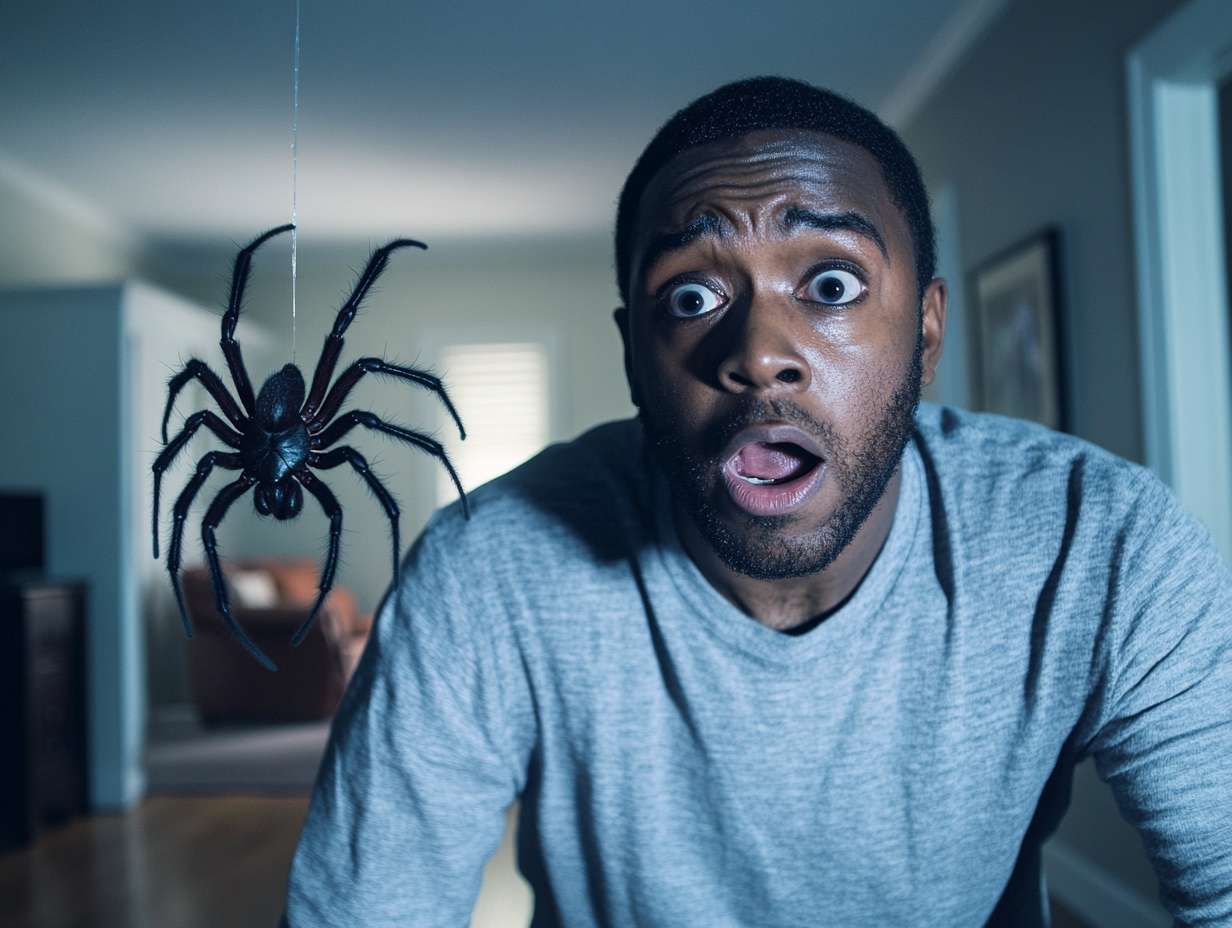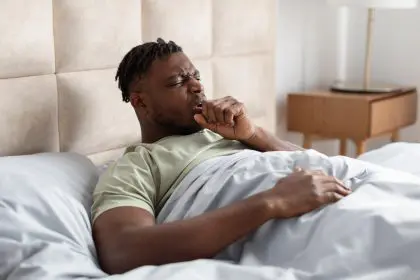Spider bites can evoke a sense of dread for many, particularly when it comes to distinguishing between harmless encounters and those that may require medical attention. While the vast majority of spiders are benign and pose little threat to humans, a few species can lead to serious health complications. This article delves into how to identify spider bites, the types of spiders that can inflict harm, and effective treatment strategies.
Identifying Dangerous Spiders
Understanding the appearance and behavior of dangerous spiders can help you avoid bites:
- Brown Recluse: This spider typically hides in dark, undisturbed areas, making it easy to encounter in attics or basements.
- Black Widow: Preferring secluded spaces, this spider is often found in woodpiles, sheds, and garages.
- Hobo Spider: Commonly found in the Pacific Northwest, it can be identified by its brown coloration and distinctive markings.
- Tarantula: While generally non-aggressive, its bite can be painful and may cause localized swelling.
- Brazilian Wandering Spider: Known for its aggressive behavior, this spider is often found in tropical regions and can deliver a painful bite.
Identifying Spider Bites
When a spider bites, it typically leaves two puncture marks on the skin, a hallmark of arachnid encounters. In the United States, there are over 3,500 species of spiders, but only a handful are known to cause significant medical issues. The black widow and the brown recluse are the most notorious for their potentially dangerous bites. Most spiders possess fangs that are either too small or too weak to penetrate human skin, and their venom is unlikely to cause serious harm.
Symptoms of Spider Bites
Recognizing a spider bite can be challenging, especially if the spider was not seen during the incident. Common symptoms to monitor include:
- Swelling: The area around the bite may become inflamed.
- Red welts: Skin may exhibit localized redness.
- Skin damage: In severe cases, tissue necrosis can occur.
- Itching or rash: The bite site may become itchy or develop a rash.
- Pain: Discomfort can range from mild to severe.
- Muscle cramps: Some bites can lead to involuntary muscle contractions.
- Blisters: Fluid-filled sacs may form at the bite site.
- Fever and chills: Systemic reactions can occur in response to venom.
- Nausea and vomiting: Gastrointestinal symptoms may arise.
- Difficulty breathing: In severe cases, respiratory distress can occur.
- Headaches: General malaise may accompany other symptoms.
- High blood pressure: Elevated blood pressure can be a response to venom.
While most spider bites heal within a week, some can lead to complications such as tissue death or severe muscle spasms, necessitating medical intervention.
Home Treatment for Nonvenomous Spider Bites
If you suspect that a nonvenomous spider has bitten you, several home remedies can help alleviate discomfort:
- Cold Compress: Apply an ice pack wrapped in a cloth to the bite for 10 minutes at a time to reduce swelling and numb pain.
- Elevation: Raise the affected area to minimize swelling.
- Antihistamines: Over-the-counter medications like diphenhydramine (Benadryl) can help relieve itching and discomfort.
- Cleansing: Clean the bite area with soap and water to prevent infection.
- Antibiotic Ointment: If blisters develop, applying an antibiotic ointment can help prevent infection.
If symptoms persist or worsen, it is essential to seek medical attention promptly.
When to Seek Medical Help
It is crucial to consult a healthcare professional if you suspect a bite from one of the following dangerous spider species:
- Brown Recluse: Known for its violin-shaped marking, this spider can cause severe tissue damage.
- Black Widow: Recognizable by its shiny black body and distinctive red hourglass marking, its bite may lead to muscle cramps and systemic symptoms.
- Hobo Spider: Common in the Pacific Northwest, it can cause pain and numbness.
- Tarantula: Generally not aggressive, but its bite can be painful.
- Brazilian Wandering Spider: Highly venomous, it can cause severe pain and systemic symptoms.
Each of these spiders has unique characteristics and potential health risks associated with their bites, making it essential to recognize them.
Prevention Tips
To reduce the risk of spider bites, consider implementing the following strategies:
- Learn to Identify Venomous Spiders: Familiarize yourself with the appearance of dangerous spiders in your area.
- Exercise Caution Outdoors: Be vigilant when hiking or camping, especially in areas known for spider activity.
- Inspect Clothing and Shoes: Before putting on garments or footwear, check for any hidden spiders.
- Wear Protective Clothing: When working outdoors, long sleeves and pants can provide an extra layer of defense.
- Maintain a Clean Yard: Regularly clean your yard and remove debris to eliminate potential spider habitats.
Conclusion
While the majority of spider bites are harmless, understanding the symptoms and treatment options is crucial for effective response. If you suspect a bite from a venomous spider, seeking medical attention promptly can be vital. By taking preventive measures and being aware of your surroundings, you can significantly reduce the risk of encountering these eight-legged creatures.











